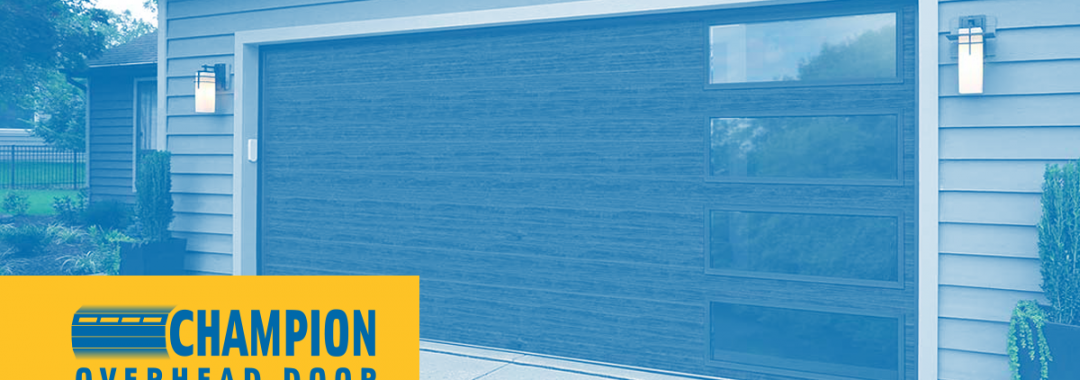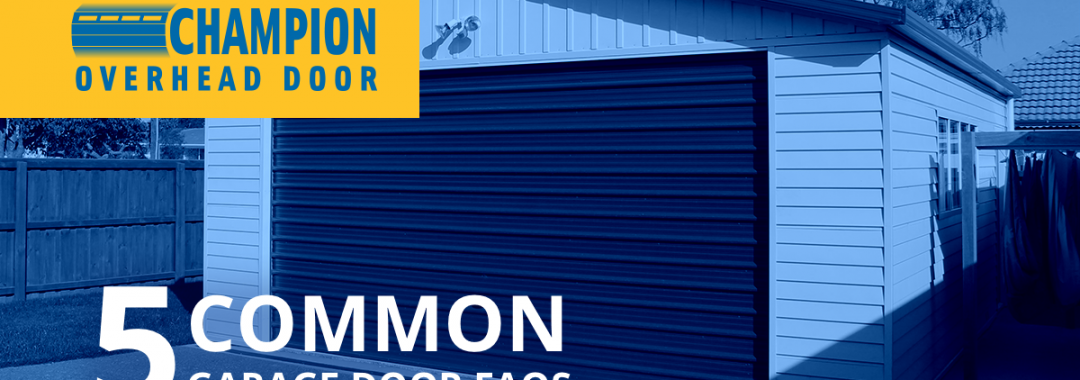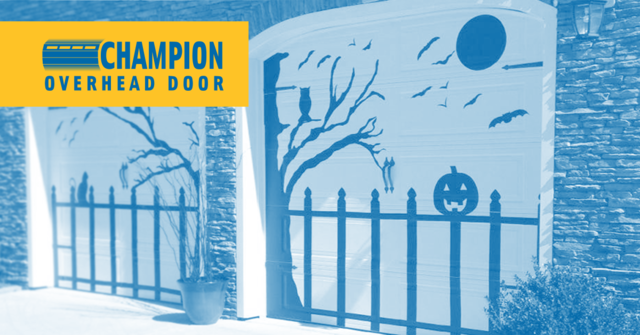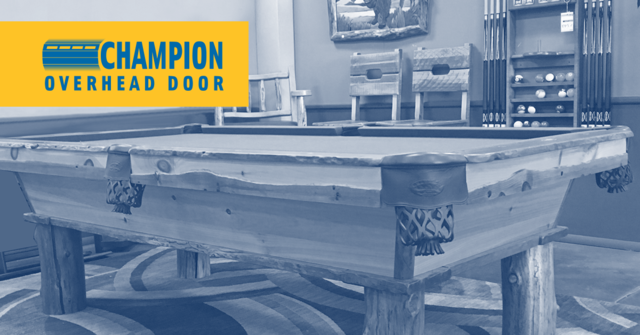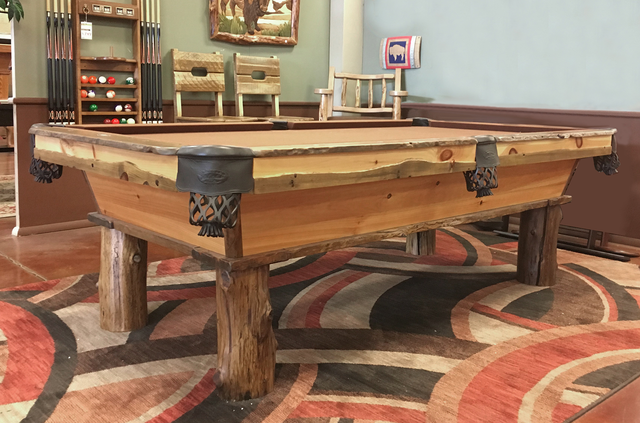Garage Door Windows

If you’re in the market for a new garage door, one of the main features to decide on is windows. Garage doors with windows have been gaining popularity over the last decade because of the curb appeal they add to homes. Garage door windows complement any home’s aesthetic, from traditional to contemporary or anything in between.
Natural Light
If you use your garage as a workspace— for automotive repairs or as a home office— garage door windows can brighten up the space by allowing natural light in. Choose from horizontal or vertical windows in a style that matches your home’s aesthetic. Or go for a full view door, one that’s comprised entirely of windows. Then decide if you want the glass tinted or frosted for privacy. You’ll be thrilled by how much light a few windows let in.
Curb Appeal
Your garage door and garage door windows are an extension of your home’s aesthetic. There are loads of designs available to match any style. Use the color of the door and add custom window inserts to create drama. If you already have garage doors, but want to update your look, consider changing out a panel for one with windows.
Security
It’s true that a windowless garage door is more secure— there’s no way for a burglar to peek in— but there are ways you can style the windows on your garage door to make them safer. Frosted glass is available through most manufacturers, but there are also DIY ways to frost glass using spray paint, window film, or etching. If you don’t care for the frosted look, try tinted windows. There are different degrees of tints — from slightly shaded to almost opaque.
If you don’t want to frost or tint the glass and live in an area where security is a priority, then be sure to place the windows in the top panel of the garage door to keep people from peeping in. You can also opt for smaller windows, making it harder to view what’s inside.
Garage door windows add value and curb appeal to your home. If your existing doors are windowless, you may be able to replace a panel with a windowed panel. But you’ll need to check the spring system to ensure it can handle the extra weight. Contact us, we can help decide the next steps in your garage door upgrade or replacement.

